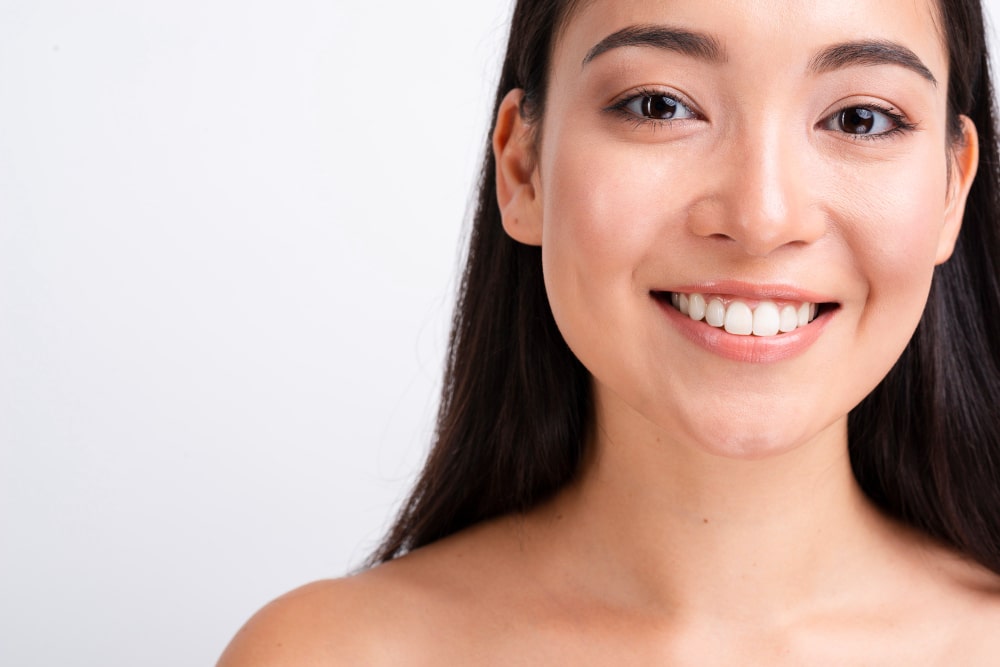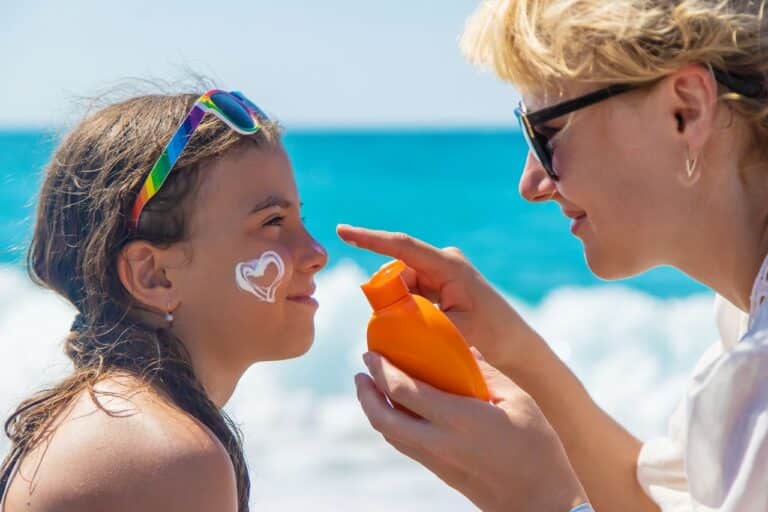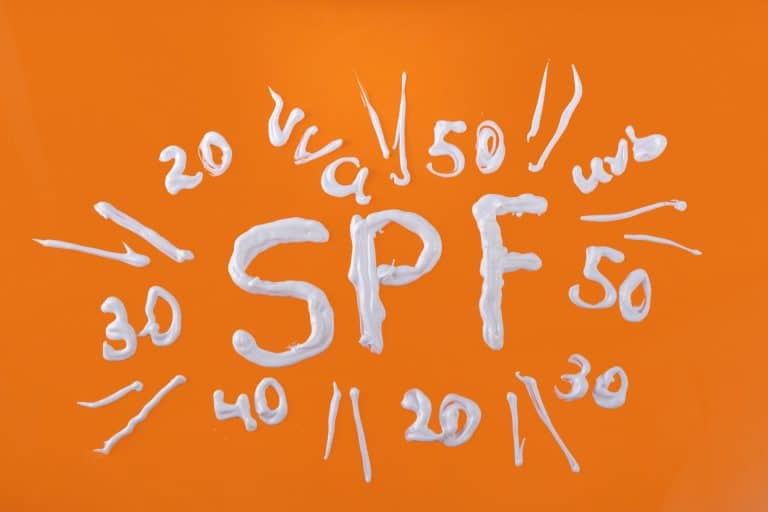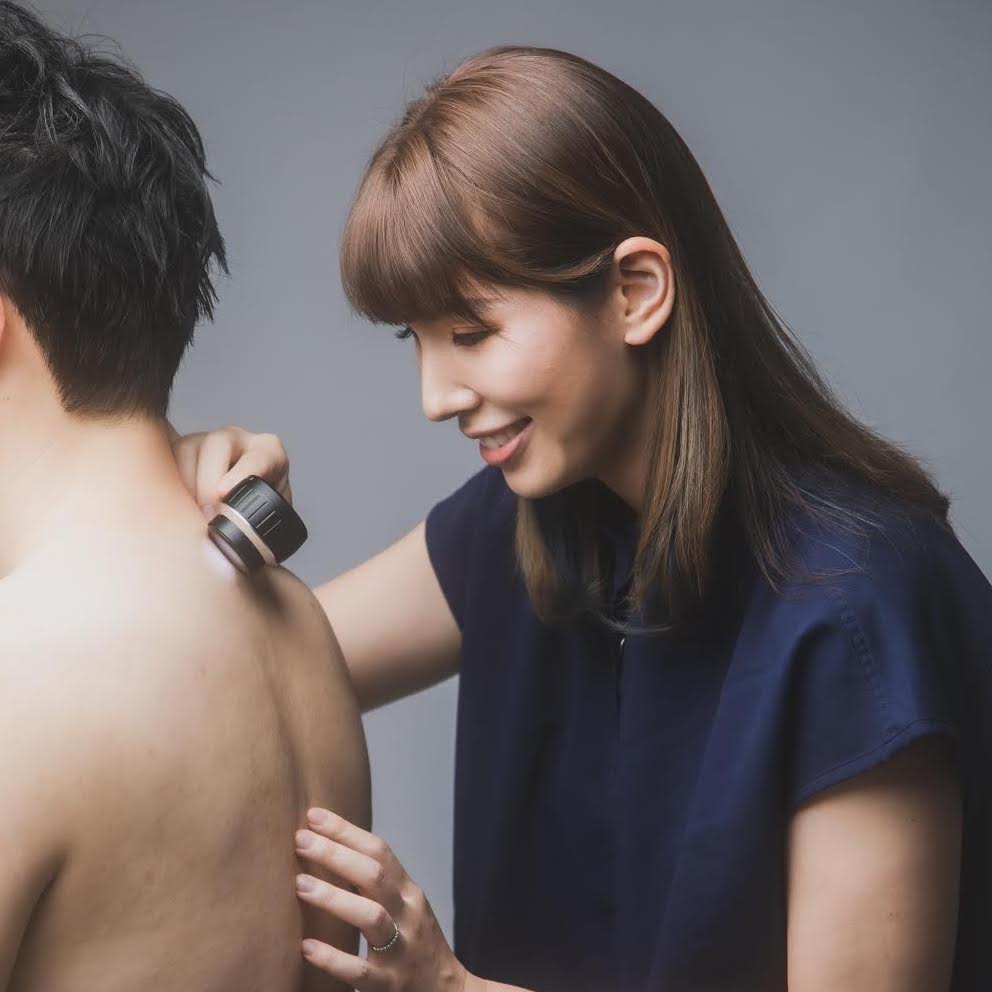Scar Removal and Reduction: Transforming Skin Confidence
Scars often tell a story, but not everyone wishes for them to remain visible. Whether caused by acne, surgery, or trauma, scars can affect self-confidence and comfort. At our clinic, we offer advanced solutions to reduce the appearance of scars, restoring smoother, healthier-looking skin. From acne scars to keloids, surgical scars, and stretch marks, we provide comprehensive care for all types of scars.
Common Types of Scarring We Treat
Our clinic specialises in treating a variety of scars, with a focus on the following:
- Acne Scars: Including ice pick, boxcar, rolling, and hypertrophic scars.
- Keloid Scars: Often the result of overactive healing after surgery or injury.
- Surgical Scars: Particularly those from medical excisions.
- Stretch Marks: Caused by rapid changes in skin elasticity.
As a skin cancer clinic, many of our patients present with keloid scars resulting from previous surgical excisions. These scars can be troublesome, both physically and aesthetically, requiring targeted care.
Advanced Treatment Options for Scars
We believe in tailoring treatment plans to each patient’s unique needs, ensuring optimal results. Our modalities include:
1. Laser Therapy (Non-Ablative)
Non-ablative lasers stimulate collagen production beneath the skin’s surface, improving the texture and tone of scars. They are particularly effective for acne and surgical scars, with minimal downtime.
2. Chemical Peels and TCA CROSS
For deep scars, particularly ice pick acne scars, TCA CROSS (Trichloroacetic Acid Chemical Reconstruction of Skin Scars) is a targeted solution. It induces collagen remodelling within the scar, promoting healing and reduction.
3. Steroid Injections
Intralesional steroid injections are the gold standard for treating keloid scars. These injections help to flatten and soften scars, often providing relief from symptoms like itching or tenderness after just one session. However, 3–5 treatments may be needed for optimal results.
4. Microneedling and Injections
Microneedling, combined with PRP (Platelet-Rich Plasma) or exosome injections, is highly effective in remodelling acne scars and improving skin texture. The treatment stimulates collagen and elastin production for smoother skin.
5. Surgical Excision with Z-Plasty
For severe scars, surgical excision with advanced techniques like Z-plasty can minimise visibility by redirecting tension and reshaping the scar.
6. Sculptra for Stretch Marks
Stretch marks respond well to Sculptra treatments, which stimulate collagen growth to improve elasticity and reduce their appearance over time.
Recovery and Healing Times
Healing times vary depending on the treatment:
- Injections: No downtime; patients can resume daily activities immediately.
- Laser Therapy, Chemical Peels (TCA): Approximately 7 days for the skin to heal and peel.
- Microneedling with PRP/Exosomes: Minimal downtime, with redness subsiding within 1–2 days.
How Many Treatments Are Required?
Scar treatment is rarely a one-off procedure:
- Acne Scars: A minimum of 3 sessions is recommended, often with a combination of treatments tailored to the type and severity of the scars.
- Keloid Scars: Typically require 3–5 treatments for significant improvement.
- Stretch Marks: Gradual improvements are seen after several sessions of Sculptra.
Realistic Expectations: Progress, Not Perfection
It is important to set realistic expectations. While our treatments can significantly reduce the appearance of scars, it is rare to achieve completely flawless skin. The goal is to achieve smoother, more even skin and a boost in self-confidence.
Special Considerations for Skin Types
Different skin types respond differently to treatments. For example:
- Darker Skin Types: There is a higher risk of post-inflammatory hyperpigmentation (PIH) with TCA CROSS, so extra care is required.
- All Skin Types: Most other treatments, including laser therapy and injections, are suitable for a wide range of skin tones.
Why Choose Us for Scar Treatment?
With years of experience and a patient-centred approach, our clinic ensures personalised care and treatment plans that align with your skin’s needs and goals. By combining state-of-the-art techniques with a commitment to excellence, we help you achieve noticeable, confidence-boosting results.
If you are ready to reduce the appearance of scars and take the next step towards smoother skin, contact us today to arrange a consultation. We are here to guide you on your journey to healthier, more confident skin.

